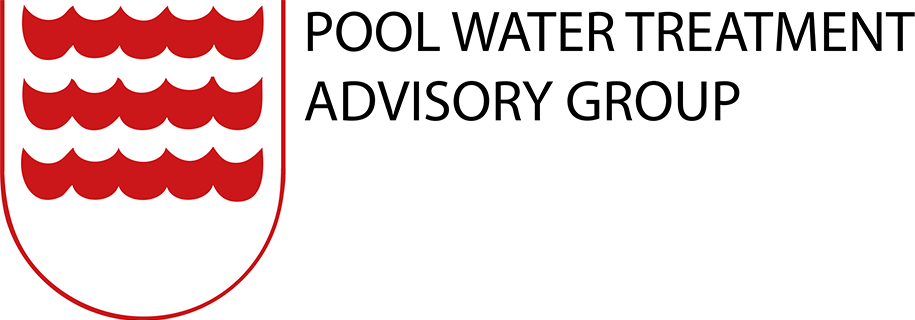Why and where?
Monitoring pools for microorganisms is vital for two reasons. First, pool operators have a statutory duty to ensure the health and safety of users. This includes the requirement for the pool water to be free from those microorganisms which pose a risk to health. The second reason is that microbiological testing provides a check that water treatment is being operated and is functioning properly to support that requirement. Yet there is good evidence that some pool operators neglect such testing; others find it difficult to find an appropriate laboratory to analyse their water. This technical note addresses both these issues.
Who is responsible, and for what?
The Health and Safety Executive and local authority Environmental Health Officers enforce standards for swimming pools in the UK. The PWTAG book, Swimming Pool Water: treatment and quality standards for pools and spas, is regarded by all parties as the authoritative guidance for this, including in a court of law. In the advent of an investigation into poor water management, any pool operating outside of these standards would have to operate to a standard as equivalent or better than the code of practice or risk prosecution.
Enshrined in our book, and emphasised in PWTAG’s online Code of Practice is that swimming and spa pool waters should be subjected to at least monthly microbiological testing for aerobic colony counts, coliforms, E coli. and Pseudomonas aeruginosa. Hydrotherapy pools should be tested weekly. Additional testing may be needed in other circumstances e.g. before a pool is first used or re-opened after a shut-down period, or when there is contamination. Microbiological analysis must be undertaken by a laboratory accredited to test the waters for the parameters required e.g UKAS.
Finding a laboratory
Before establishing a testing regime (what samples to take, how, requesting tests etc) pool operators need to find a laboratory with established expertise in such work. They must be accredited – inspected against the ISO 17025 standard for the chemical and microbiological testing of different waters. They can be found on the UKAS website: www.ukas.com/find-an-organisation.
- Click on Browse by category, then on Testing Laboratories, then Environmental samples, then Water, recreational.
- That gives four pages of labs, about 40 of them, arranged in no obvious order. In order to establish if they handle pool samples, you need to click on their names to display their services.
- Start with the ones closest to your pool, for ease and speed of transport.
- Occasionally Cryptosporidium testing may be helpful but seek advice first. To find an accredited laboratory, when you get to Environmental samples, click on Water, drinking/potable, then Cryptosporidium. The methods are the same for potable and pool water, and there are few laboratories that can do it – about a dozen.
Dealing with the laboratory
The lab will provide sterile sample containers and instructions for sampling. They can also provide training for samplers, or personnel to undertake the sampling on your behalf. Sampling must be undertaken in accordance with the laboratory recommended procedure. Sampling procedures are covered in PWTAG Technical Note 27.
In order to neutralise the chlorine in the water sample, the sterile bacteriological sample bottle provided by the laboratory will contain sodium thiosulphate pentahydrate. This ensures that any microorganisms in the pool water are preserved for lab analysis, and the sample is representative of the water at the time of sampling.
To interpret the lab results it is important to measure chlorine residual and pH at the same time as sampling. The measurements should also be relayed to the lab, along with a name and address, date and time of sampling, name of the sampler and details of where in the pool the sample was taken. It is important that the sample is kept chilled (at 5 ±3 ºC) and transported to the laboratory so that it can be analysed within 24 hours of sampling.
These procedure are detailed in Swimming Pool Water: treatment and quality standards for pools and spas, and TN27.
Many pools use an external ‘microbiological testing contractor’ to collect the sample and deliver it to their chosen accredited laboratory. The contractor collecting the sample should test and record free chlorine and pH, at the time of sampling, using their own testing equipment. At the same time, it is recommended that the pool operator should also take a sample from the same point, and test it for comparison should any concerns be raised regarding the overall pool water quality.
Why is microbiological sampling so important?
Although the appearance of the pool water provides a reasonable guide to how well treated the water is, microorganisms may still be present. The presence of disinfectants in the form of oxidising biocides is significant: a pool which has insufficient chlorine residual will eventually become turbid and cloudy due the failure to oxidise bather pollutants (eg. nitrogenous compounds like ammonia and urea) and an increasing bacterial load. Bacteria will multiply rapidly in the absence of an oxidising biocide, further reducing the clarity of the water.
Clear, sparkling pool water is one indication that disinfection reserves are being maintained and that the filtration system is working effectively. But pool operators cannot be confident that the water treatment system is operating effectively without regular independent microbiological testing.
If the investigation of a disease outbreak focuses on a pool, a good record of microbiological testing can contribute reassurance to both operator and enforcing authority that the pool may not be contributing to the problem. Seasonal pools, and pools that have been closed for any length of time, must have a satisfactory microbiological test report before re-opening.
- Subject: Microbiological Testing
- Date: May 2021
- Download Print Version: Technical Note 53 PDF
